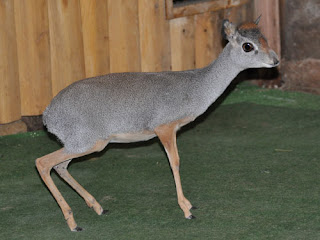Black curassow

The dark curassow is an enormous bird coming to around 900 millimeters (35 in) long. The male has dark upper parts gleams with a purplish sheen and a subtle dark peak. The skin at the foundation of the dark snout is yellow or orange however there are no handles and wattles. The underparts are white. The female is comparative however the peak is banned with white, and the adolescent is dark, banished and mottled with ruddy brown and ruddy buff. Conduct The dark curassow is a generally ground-staying bird. It lives in the undergrowth in swamp timberlands and estates and in riverside shrubberies. It generally eats natural product, yet additionally burns-through buds, shoots, leaves, blossoms, parasites and spineless creatures. It settles a couple of meters over the ground in trees, the home being a foundation of sticks. Reproducing happens in the blustery season in Suriname while in French Guiana, youthful are accounted for in March and September.



































